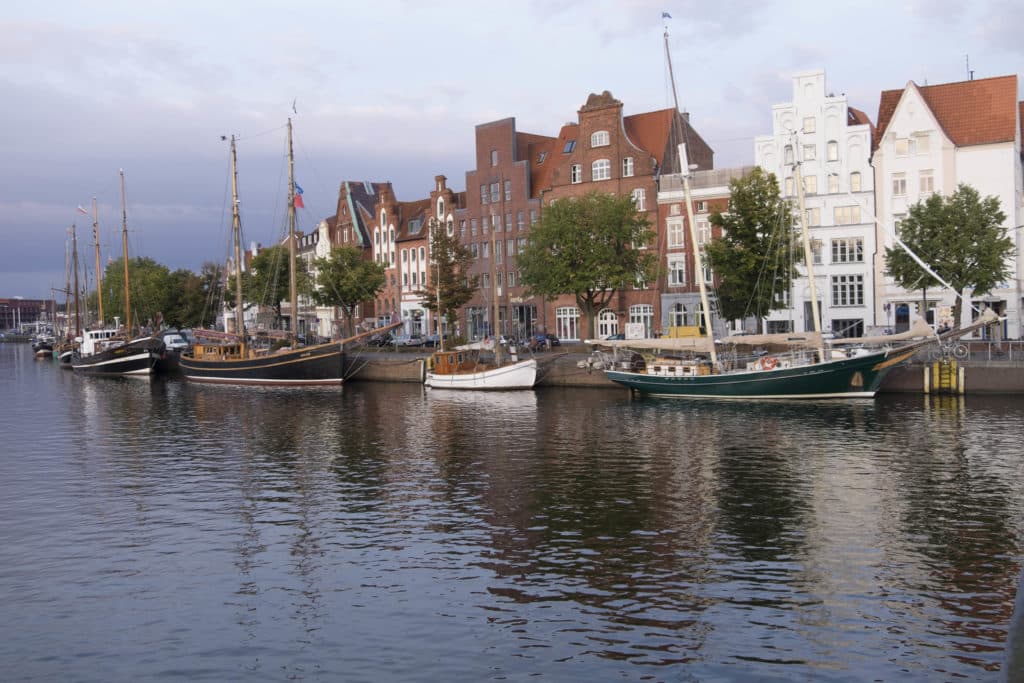
With three months of high-latitude sailing behind us, my husband, Ashley, and I had made it to the Baltic sea on the shores of northern Germany. We were into the second half of September, and summer had finally caught up with us; for the first time in ages we were able to dig out our shorts and T-shirts. The locals were calling it a late Indian summer and were quick to point out how lucky we were.
There were still four weeks left before we were due in our winter berth in Amsterdam, so we decided to do some more exploring. We settled on the waterways from the island of Rügen, close to the Polish border, to the Kiel Canal leading into the North Sea. What was of particular interest to us were the five Hanseatic League Cities spread out along the coast.
The winds were mostly offshore with flat seas providing some fabulous sailing aboard Windjammer, our 72-foot schooner, and we had a lot of fun winding our way through myriad channels and rivers leading from town to town. Stops at Greifswald, Stralsund, Wismar and Rostock were like going back in time, with traditional working boats tied up in the old harbors, walled cities with cobblestone paths, and Gothic brick churches.
Our favorite though was Lübeck, the medieval capital of the Hanseatic League, built on an island 11 miles up the river Trave. The city lay on the western side of the Iron Curtain, and during World War II, it was spared by Allied bombing due to its historical significance.
We wanted to berth in the historic-ships harbor, the Hansahafen. There are few facilities here for cruisers, but the positive is that you are among some lovely traditional boats and in the center of town. We approached the harbormaster to ask what the cost would be to berth there for a couple of weeks, and he told us, “If I like your boat, it will be free.” That was good enough for us, so we presented Windjammer, of which he approved, and for the next two weeks, we caught up on some maintenance, enjoyed this enchanting city, warm weather and great beer.
Continuing west toward the Kiel Canal, the weather turned, so we took shelter in the town of Heiligenhafen. By chance, there were a number of traditional boats there that we had met in Lübeck. They were there for the annual Kohlregatta, due to take place the coming weekend. We were invited to stay to participate and join in celebrating the town’s history as a major port for exporting cabbages (kohl is German for cabbage). To complete the race, you had to catch a cabbage as you rounded the top mark and present it that evening with its own personality. Our cabbage, “Queen Elizabeth,” attended the ceremony where she mixed with cabbages of all customs.
The weather abated, and we made our way to Amsterdam. As the winter weather settled in, we stewed Queen Elizabeth and hummed a song of the mercantile past. The Indian summer was finally over.








